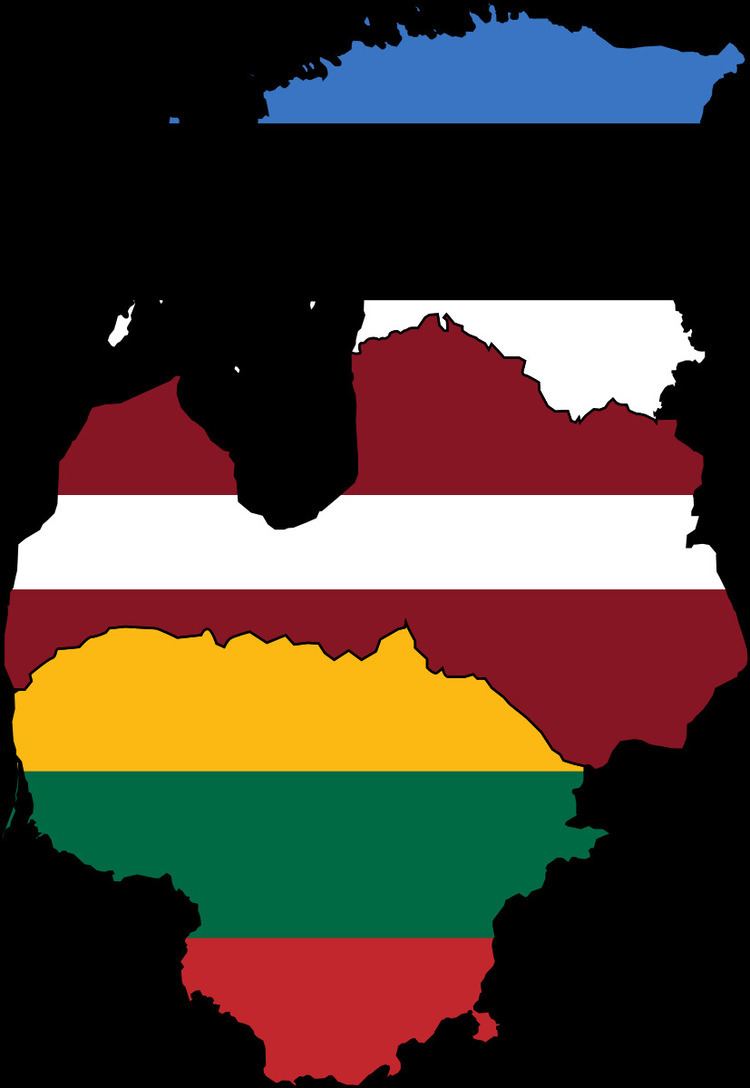~50,000 partisans ? | Period 1944 – 1956 | |
 | ||
Result Defeat of national partisans Similar Operation Beleaguer, Occupation of the Baltic states, Operation Jungle, 1979 Herat uprising, Turkish Straits crisis | ||
The Guerrilla war in the Baltic states or the Forest Brothers resistance movement was the armed struggle against Soviet rule that spanned from 1944 to the mid-1950s. After the conquest of the Baltic territories by the Soviets in 1944, an insurgency involving nationalist partisans started. According to some estimates, 10,000 partisans in Estonia, 10,000 partisans in Latvia and 30,000 partisans in Lithuania and many more supporters were involved. This war continued as an organised struggle until 1956 when the superiority of the Soviet military caused the native population to adopt other forms of resistance. While estimates related to the extent of partisan movement vary, but there seems to be a consensus among researchers that by international standards, the Baltic guerrilla movements were extensive. Proportionally, the partisan movement in the post-war Baltic states was of a similar size as the Viet Cong movement in South Vietnam.
